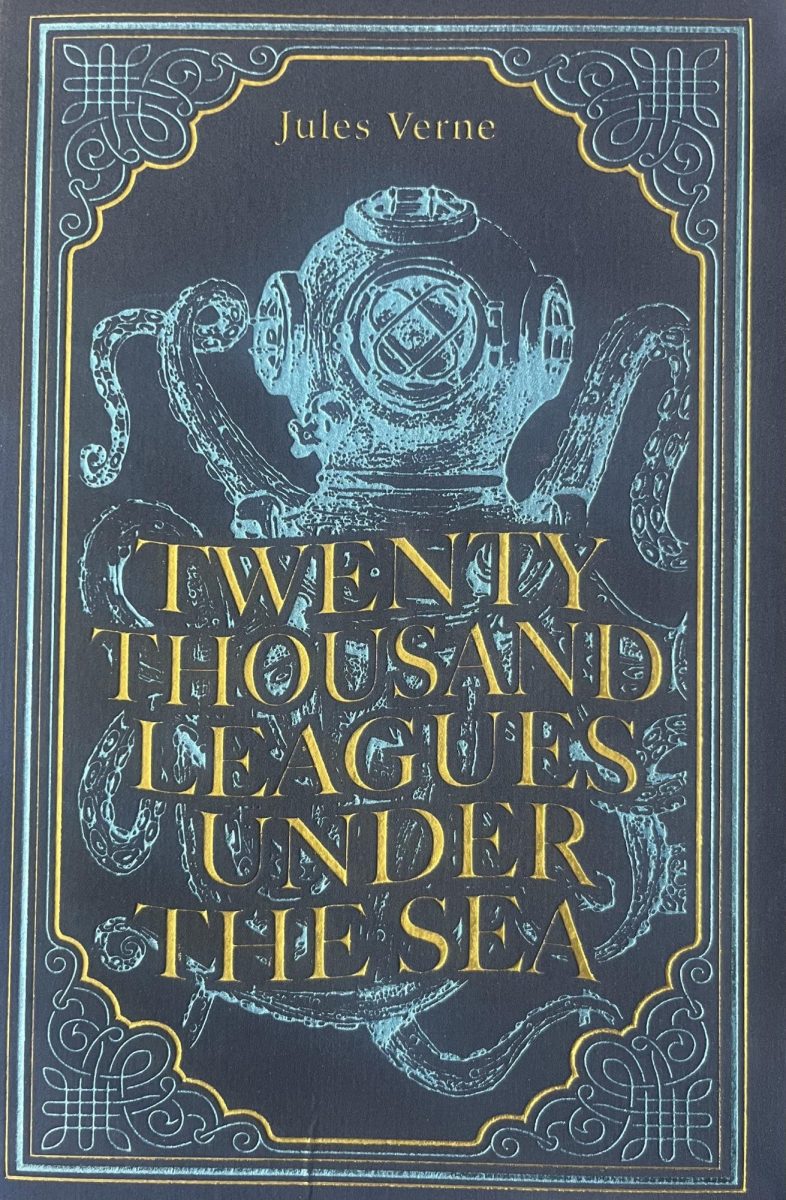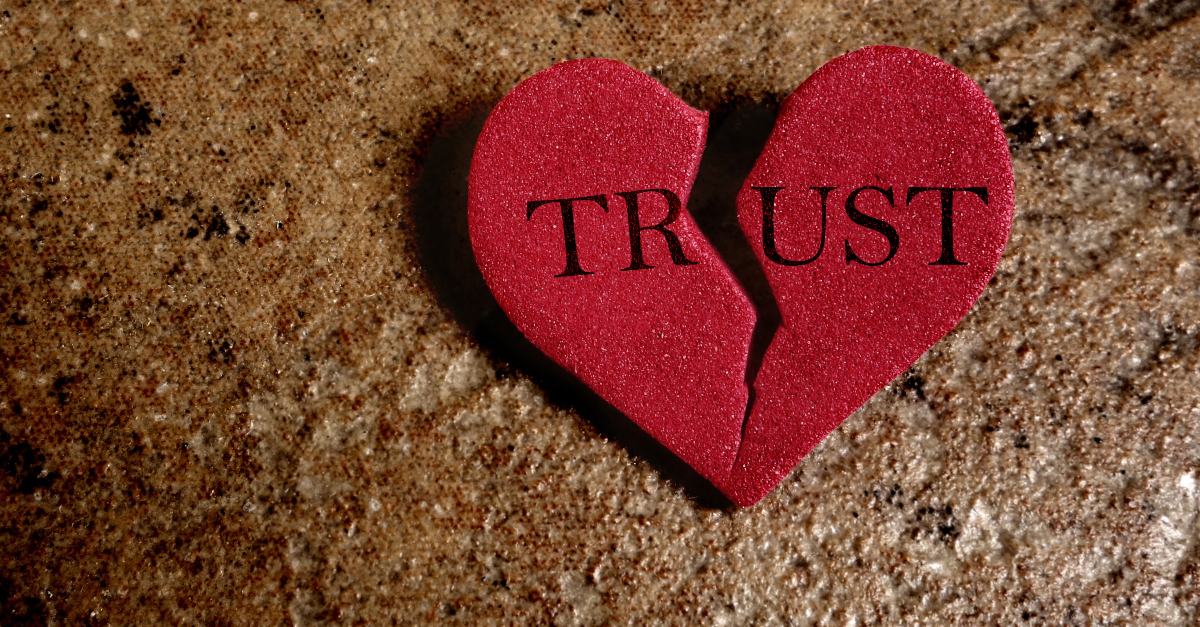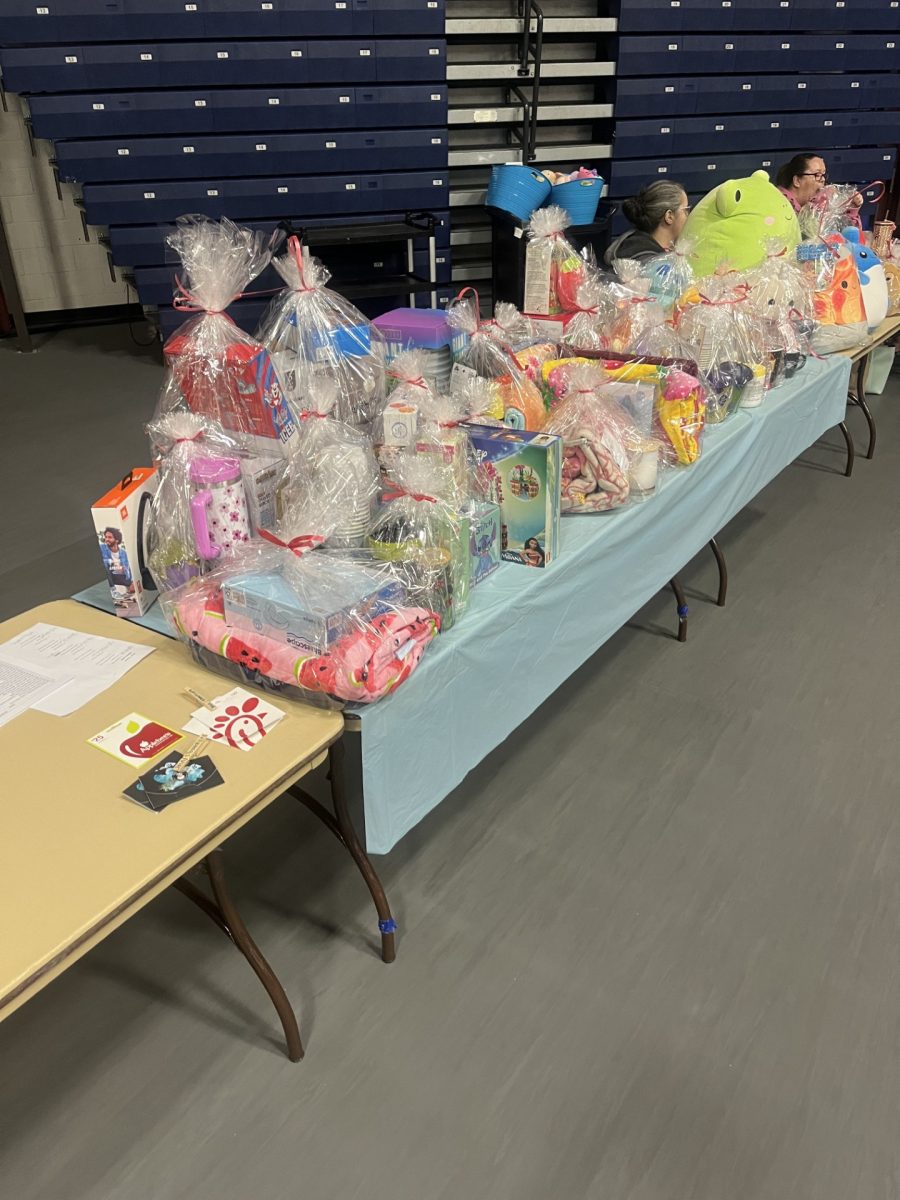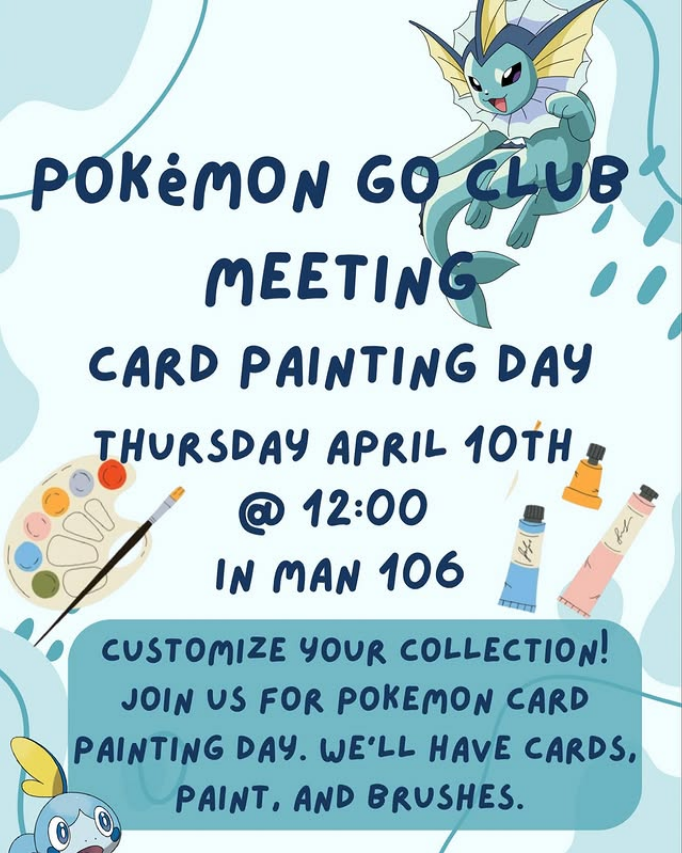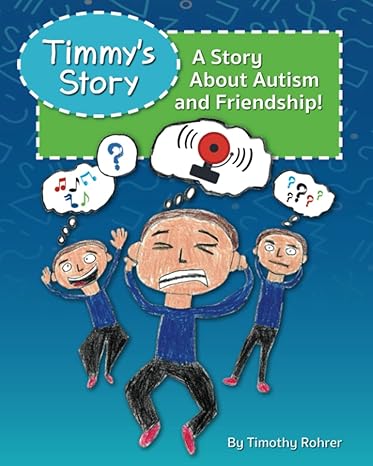Have Camera Will Travel – Becoming A Gear Minimalist Can Help More Than Just Your Wallet
April 19, 2022
Every photographer dreams of their next gear purchase – the newest camera body, a unique lens, lighting setups, drones, filters. The list is endless. We know it, and so do our wallets. It can feel virtually impossible to amass all the “necessary” tools to work as a professional photographer.
Photographers spend years of our careers investing thousands upon thousands of dollars in the best equipment we can afford. For many of us, it is a never-ending cycle of saving for the next purchase, only for our shiny new lens to lose its luster when another catches our eye. We tell ourselves we would be better photographers if only we had that better lens. We blame our gear, or lack thereof, for our shortcomings.
Coined Gear Acquisition Syndrome, G.A.S. for short, photographers are known for never being satisfied with what they have. Yes, many photographers do need specific gear for the type and scope of work they do, but many photographers, even those working in specialized fields, have way more equipment than they would ever reasonably need to use on a daily basis.
We know great gear isn’t cheap, but it isn’t light either. Accumulating an impressive lens collection often means carrying around camera bags and cases averaging 20 to 40 pounds. Photographers will also often have these heavy bags on their backs for hours at a time, especially when traveling. That’s not to mention the taxing load of having a camera weighing down your neck.
Granted, this advice may not be relevant at all for the average studio shooter – each type of photographer faces a separate set of challenges – but, for travel photographers, having a light setup can make a world of difference.
When on the move, traveling lighter allows for better opportunities. You often don’t have time to dig through your camera bag, deliberate which lens to use, and set up your shot. Travel and adventure photography is opportunistic. The less gear you have with you, the fewer choices you have to make.
Having a smaller setup with fewer pieces also allows you to understand your gear more intimately. You know each apparatus inside and out, strengths, limitations, and everything in between.
“The best camera is the one that’s with you,” according to award-winning photographer Chase Jarvis.
Having less gear can make you a more creative and resourceful photographer. I used to think I couldn’t get the shots I wanted because I didn’t have the right gear, but after years of experience buying and renting things I was so sure I “needed” I realized that it is the photographer who makes the shot, not the camera.
Again, and as always, nothing is absolute. A $10,000 camera is objectively going to be better quality than a $100 camera, but a professional with cheaper gear will produce a better result than an amateur with a more expensive setup.
Instead of spending thousands of dollars on lenses, invest your time and money in learning how to be a better photographer, no matter what camera you have. Figure out what gear works best for you and your style, and leave the rest at home.
Your style also doesn’t have to be the same as anyone else’s. Yes, learn and take in all the advice and education you can find, but make sure to shape your own unique perspective as a photographer.
Personally, I love a shallow depth of field, and documentary-style photos, so I typically opt for a 50mm 1.8 lens on my Sony A7III mirrorless camera. My best friend, an incredible cinematic photographer, prefers his Fujifilm X-T4 with a wide-angle lens. I’ll keep a 24-70 on hand, but that’s about all. I don’t want the weight of my bag to interrupt opportunity.

